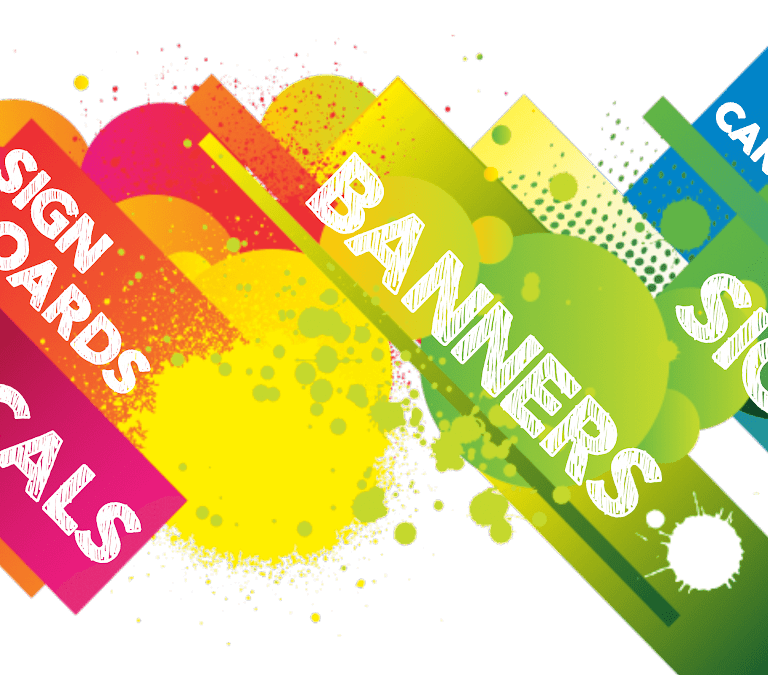
The Different Types of Printing Services Available
Offset printing is a widely used printing method in which the inked image is transferred (or “offset”) from a plate to a rubber blanket and then to the printing surface. When used in combination with the lithographic process, which is based on the repulsion of oil and water, the offset technique employs a flat (planographic) image carrier on which the image to be printed obtains ink from rollers, while the non-printing area retains its original hydrophilic characteristics. This makes it possible to print on different types of materials, including paper, cardboard, plastic, and even metal.
Digital Printing
Digital printing is a printing process that uses digital files such as PDFs or images to create prints. This type of printing is typically used for short-run printing, as it is more cost effective than traditional print methods. One of the main advantages of digital printing is that it allows for a higher degree of customization. For example, variable data printing (VDP) can be used to personalize each print with a different name or message. As a result, digital printing is an ideal solution for businesses that need to produce high-quality prints in small quantities. Additionally, digital printing has a shorter turnaround time than traditional methods, making it a convenient option for businesses that need their materials quickly. Whether you need business cards, flyers, or brochures, digital printing can provide you with high-quality prints that meet your needs.
Screen Printing
Screen printing is a modern printing technique that has been around since the early 19th century. It is a versatile printing method that can be used on a variety of different materials, including paper, fabric, and even glass. The screen printing process begins with a frame that is covered with a mesh screen. The desired design is then transferred onto the screen, and ink is applied to the exposed areas. The ink is then pushed through the screen onto the material below, creating a sharp and precise image. Screen printing is an extremely popular printing method for both businesses and individuals due to its high quality and versatility.
Gravure Printing
Gravure printing is a type of intaglio printing that involves engraving an image onto a metal plate. The plate is then covered with ink and passed through a roller, which transfers the ink to the printing surface. This method is often used for high-quality printing, such as magazines and packaging. Gravure printing offers several advantages over other methods, such as offset lithography. Gravure plates can be reused many times, so it is a cost-effective option for printing large quantities. The print quality is also very consistent, making gravure an ideal choice for businesses that need to produce high-quality prints regularly. Gravure printing also has some disadvantages, such as a longer setup time and a higher level of skill required to produce the plates. However, these factors are often outweighed by the benefits of this versatile printing method.
Flexographic Printing
Flexographic printing is a popular printing method that uses raised images on a flexible plate to transfer ink onto a substrate. This printing method is often used for packaging, labels, and newspapers. Flexographic printing has several advantages over other printing methods, including high speed, low cost, and versatility. In addition, flexographic printing can be performed on a wide variety of substrates, including paper, plastic, foil, and even fabric. As a result, this printing method is ideal for applications that require high-quality prints on a variety of materials.
Letterpress Printing
Letterpress printing is a printing technique that involves using raised typefaces on a metal or wood surface. The typefaces are inked and then pressed onto paper, resulting in a printing that has a raised, textured surface. Letterpress printing was once the primary printing method, but it has since been replaced by offset printing. However, many still appreciate the unique look and feel of letterpress-printed materials. In recent years, there has been a resurgence of interest in this printing method, and many modern printers offer letterpress services. If you are looking for a truly unique printed piece, letterpress printing may be the right choice for you.
So there you have, six types of printing to consider for your book publishing project. Whichever kind of printing you choose, be sure to do your research so you can make the most informed decision possible. With the right printer by your side, anything is possible.
